Potentilla L.
cinquefoil, silverweed
Rosaceae
Most species are in arctic, temperatetemperate:
(adj) of the climatic zone between boreal and tropical
 , and montane zones in the Northern Hemisphere, a few are in Southern Hemisphere mostly montane zones.
, and montane zones in the Northern Hemisphere, a few are in Southern Hemisphere mostly montane zones.
cultivated for ornamental or pond plants, though not commonly
Potentilla anserina L. [also offered under the synonym Argentina anserina (L.) Rydb.]
P. gracilis Douglas ex Hook.
P. glandulosa Lindl.
P. inclinata Vill.
P. pacifica Howell
P. supina L.
Species are widely distributed within the Northern Hemisphere, and extend well into the Southern Hemisphere (Australia, New Zealand, South America).
not weedy
amphibiousamphibious:
(adj) of a plant able to live on land or in water
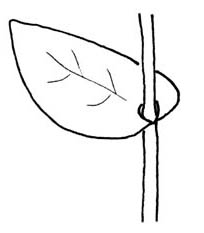 , prostrateprostrate:
, prostrateprostrate:
(adj) growing closely along the ground
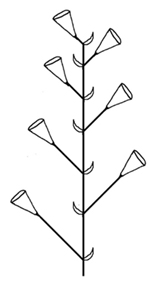 to ascending, or erect rosetterosette:
to ascending, or erect rosetterosette:
(n) a radiating cluster of leaves, usually close to the ground at the base of a plant
 plant
plant
Small to medium bunched rosetterosette:
(n) a radiating cluster of leaves, usually close to the ground at the base of a plant
 . Stoloniferous, roots robust, often thickened to slightly woody; stem pubescentpubescent:
. Stoloniferous, roots robust, often thickened to slightly woody; stem pubescentpubescent:
(adj) (1) covered with short, soft hairs; (2) bearing hairs
 to hirsute. Leaves mainly basalbasal:
to hirsute. Leaves mainly basalbasal:
(adj) at or pertaining to the base, or point of attachment
 , a few caulinecauline:
, a few caulinecauline:
(adj) pertaining to or belonging to the stem
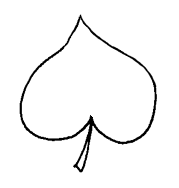 leaves present; petiolepetiole:
leaves present; petiolepetiole:
(n) the stalk of a leaf
 often sparsely to densely hairy; stipules present, differing between basalbasal:
often sparsely to densely hairy; stipules present, differing between basalbasal:
(adj) at or pertaining to the base, or point of attachment
 and caulinecauline:
and caulinecauline:
(adj) pertaining to or belonging to the stem
 leaves; bladeblade:
leaves; bladeblade:
(n) (syn. lamina) the flat, expanded part of a leaf, frond, or petal (excluding, e.g., the petiole)
 ternateternate:
ternateternate:
(adj) in threes
 , palmatepalmate:
, palmatepalmate:
(adj) (of leaves or venation) with lobes, leaflets, divisions or veins originating from the same point
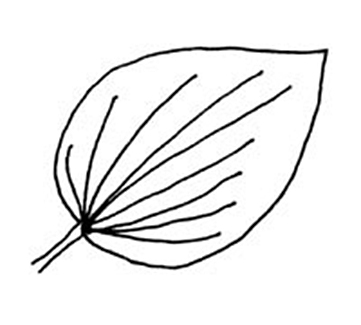 or pinnatepinnate:
or pinnatepinnate:
(adj) in the form of a feather; of, e.g., leaflets, lobes, or veins: arranged in two rows along an axis
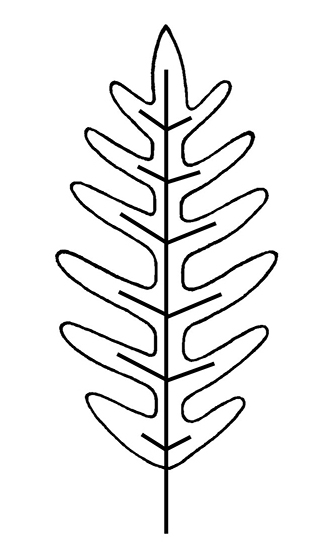 ; leaflets sessilesessile:
; leaflets sessilesessile:
(adj) attached directly, without a stalk
 or with short petiolulespetiolule:
or with short petiolulespetiolule:
(n) the stalk of a leaflet in a compound leaf
, oblongoblong:
(adj) two to four times longer than wide, with +/- parallel sides
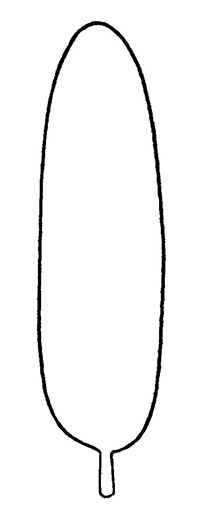 to ellipticelliptical:
to ellipticelliptical:
(adj) in the form of an ellipse (oval)
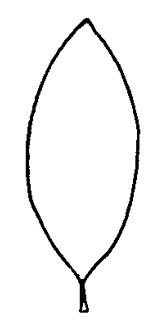 , obovateobovate:
, obovateobovate:
(adj) ovate, with the narrow end at the base
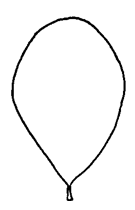 to cuneatecuneate:
to cuneatecuneate:
(adj) wedge-shaped; triangular, with narrow end at the base
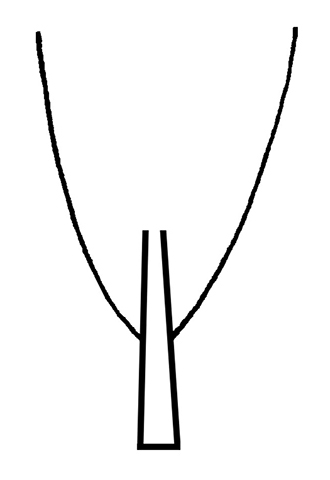 , or flabellateflabellate:
, or flabellateflabellate:
(adj) fan-shaped; broadly wedge-shaped
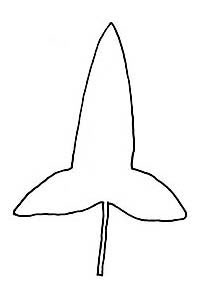 , margins often variably divided and/or crenatecrenate:
, margins often variably divided and/or crenatecrenate:
(adj) (of a margin) with shallow, rounded teeth
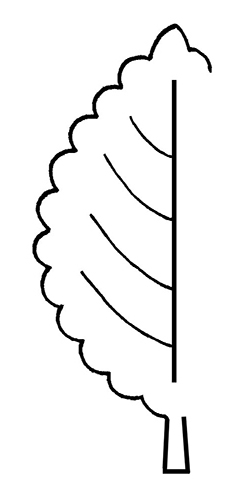 to serrateserrate:
to serrateserrate:
(adj) (of a leaf margin) bearing sharp teeth pointing forward or to the apex
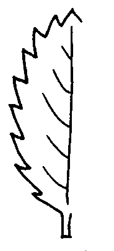 , surfaces vary from glabrousglabrous:
, surfaces vary from glabrousglabrous:
(adj) without hairs or scales
 to tomentosetomentose:
to tomentosetomentose:
(adj) covered in dense, matted, wooly hairs
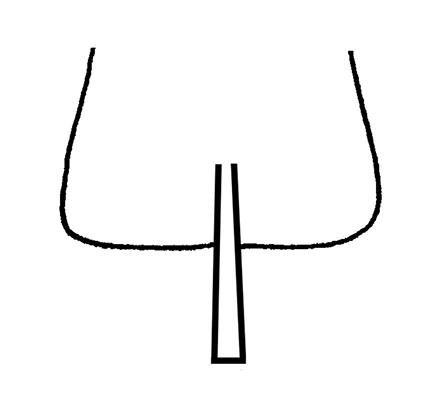 . Inflorescenceinflorescence:
. Inflorescenceinflorescence:
(n) the arrangement of flowers on the floral axis
 a few- to many-flowered cymecyme:
a few- to many-flowered cymecyme:
(n) a determinate, usually flat-topped or convex inflorescence in which the terminal flower blooms earliest
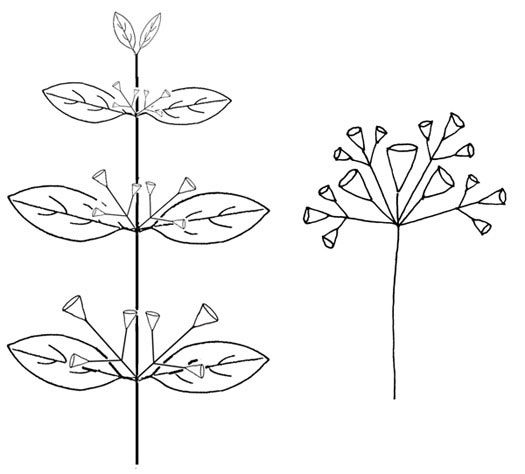 or a solitary flower; pedicelpedicel:
or a solitary flower; pedicelpedicel:
(n) the stalk of a single flower in an inflorescence, or of a grass spikelet
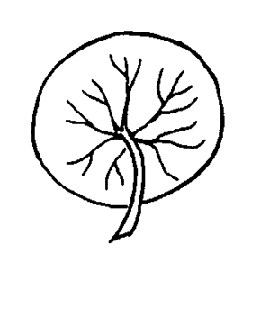 often pubescentpubescent:
often pubescentpubescent:
(adj) (1) covered with short, soft hairs; (2) bearing hairs
 ; epicalyxepicalyx:
; epicalyxepicalyx:
(n) a whorl of bracts outside the true calyx
 bractlets 5; sepals 5, typically ovateovate:
bractlets 5; sepals 5, typically ovateovate:
(adj) egg-shaped in outline; generally with the broad end at or near the base
 or lanceolatelanceolate:
or lanceolatelanceolate:
(adj) lance-shaped; widest point below the middle, tapering to the apex
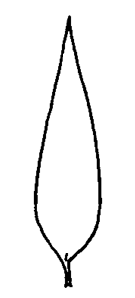 or triangular, apexapex:
or triangular, apexapex:
(n) the point farthest from the point of attachment; the tip (often pointed)
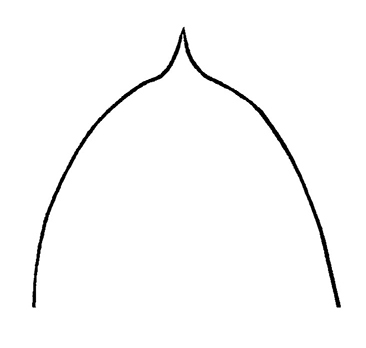 typically acuteacute:
typically acuteacute:
(adj) tapering to a sharp, pointed apex with more or less straight sides; broader than acuminate; forming an angle of less than 90 degrees
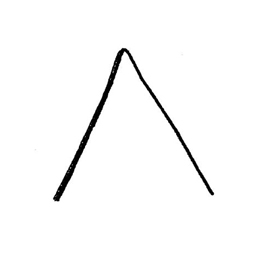 ; petals 5, obcordate to obovateobovate:
; petals 5, obcordate to obovateobovate:
(adj) ovate, with the narrow end at the base
 , apexapex:
, apexapex:
(n) the point farthest from the point of attachment; the tip (often pointed)
 emarginateemarginate:
emarginateemarginate:
(adj) with a shallow notch at apex
 to rounded, yellow.
to rounded, yellow.
wet places along seepages, streams, rivers, ponds and lakes; in seasonally inundated places along water ways and floodplains; in vernally to permanently wet meadows, oligotrophic wetlands, swamps and marshes
A large genus containing over 300 species and subspecies, of which none are true aquatics or wetland obligates. Some species may be found near water or tolerate a short period of shallow inundation, but the genus is typically terrestrialterrestrial:
(adj) growing on land as opposed to living in water
 in rocky soils. Comarum palustre L. is often offered under the synonym Potentilla palustris (L.) Scop. The light colored undersurface of the leaf is distinctive.
in rocky soils. Comarum palustre L. is often offered under the synonym Potentilla palustris (L.) Scop. The light colored undersurface of the leaf is distinctive.